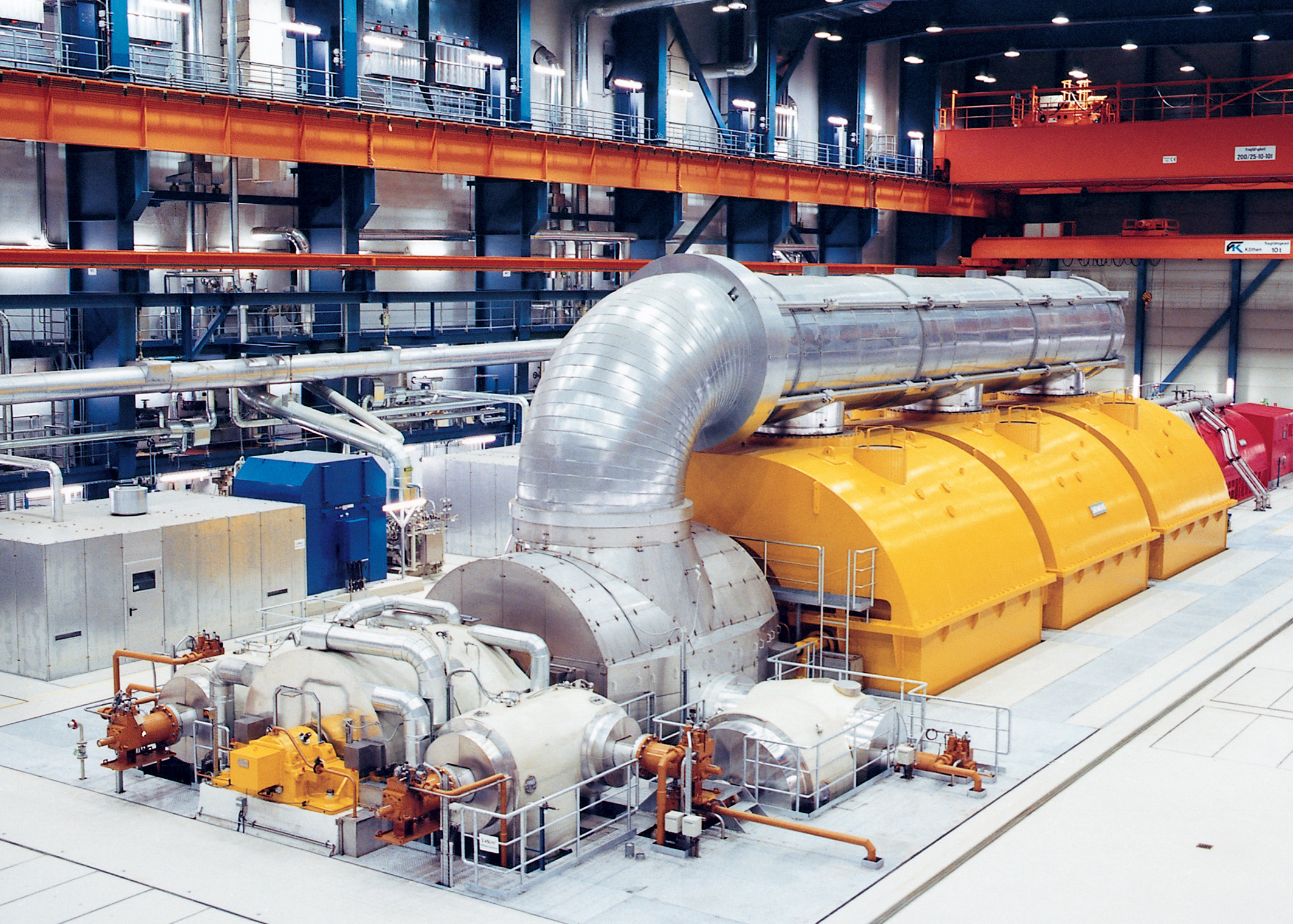
Electricity generation
Electricity generation is the process of generating electric power from sources of primary energy. For utilities in the electric power industry, it is the stage prior to its delivery (transmission, distribution, etc.) to end users or its storage, using for example, the pumped-storage method.
Usable electricity is not freely available in nature, so it must be "produced", transforming other forms of energy to electricity. Production is carried out in power stations, also called "power plants". Electricity is most often generated at a power plant by electromechanical generators, primarily driven by heat engines fueled by combustion or nuclear fission, but also by other means such as the kinetic energy of flowing water and wind. Other energy sources include solar photovoltaics and geothermal power. There are exotic and speculative methods to recover energy, such as proposed fusion reactor designs which aim to directly extract energy from intense magnetic fields generated by fast-moving charged particles generated by the fusion reaction (see magnetohydrodynamics).
Phasing out coal-fired power stations and eventually gas-fired power stations,[1] or, if practical, capturing their greenhouse gas emissions, is an important part of the energy transformation required to limit climate change. Vastly more solar power[2] and wind power[3] is forecast to be required, with electricity demand increasing strongly[4] with further electrification of transport, homes and industry.[5] However, in 2023, it was reported that the global electricity supply was approaching peak CO2 emissions thanks to the growth of solar and wind power.[6]
Centralised and distributed generation[edit]
Centralised generation is electricity generation by large-scale centralised facilities, sent through transmission lines to consumers. These facilities are usually located far away from consumers and distribute the electricity through high voltage transmission lines to a substation, where it is then distributed to consumers; the basic concept being that multi-megawatt or gigawatt scale large stations create electricity for a large number of people. The vast majority of electricity used is created from centralised generation. Most centralised power generation comes from large power plants run by fossil fuels such as coal or natural gas, though nuclear or large hydroelectricity plants are also commonly used.[28]
Centralised generation is fundamentally the opposite of distributed generation. Distributed generation is the small-scale generation of electricity to smaller groups of consumers. This can also include independently producing electricity by either solar or wind power. In recent years distributed generation as has seen a spark in popularity due to its propensity to use renewable energy generation methods such as rooftop solar.[29]